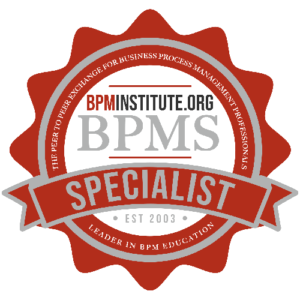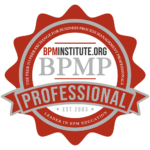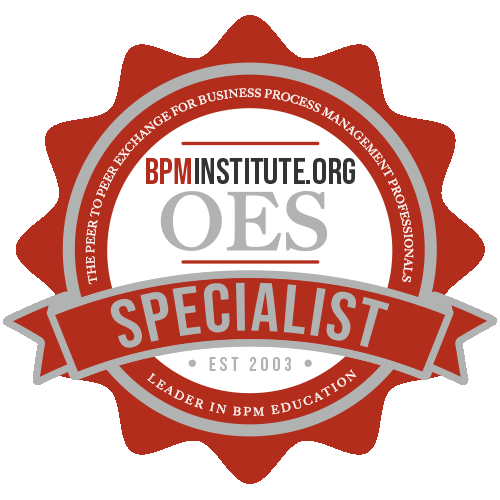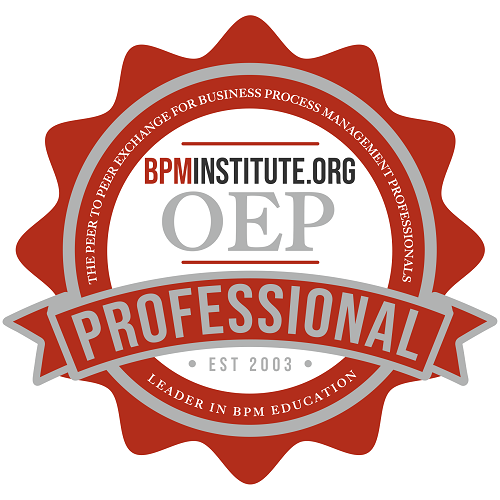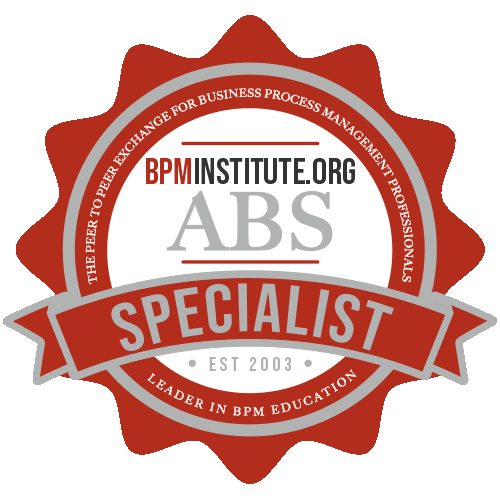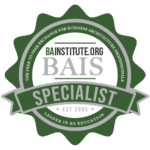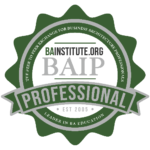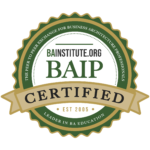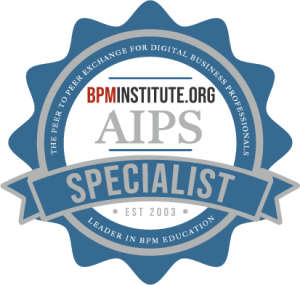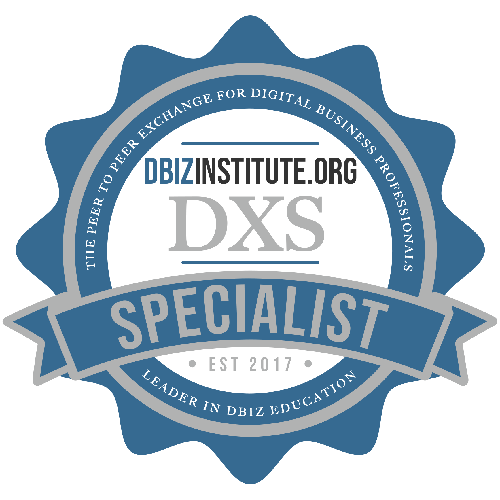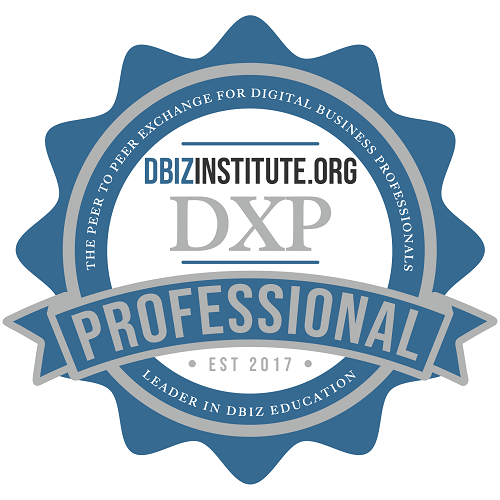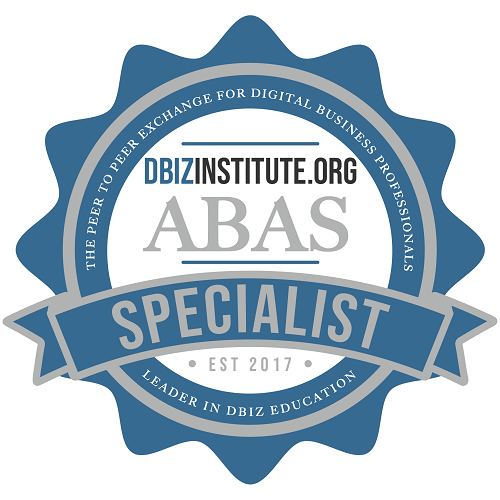OK – so you’re ready to deploy BPM for improved performance. Maybe you’ve even identified a candidate business process where the application of BPM principles, practices and technology is likely to yield business benefit.
So what should you do if you want to optimize your chances of success? First of all, in spite of what some might say, don’t start with technology! Starting with technology is most likely to result in the situation ‘Ready, Fire, Aim.
Sure – technology is the key enabler – but it is just that – an enabler.




